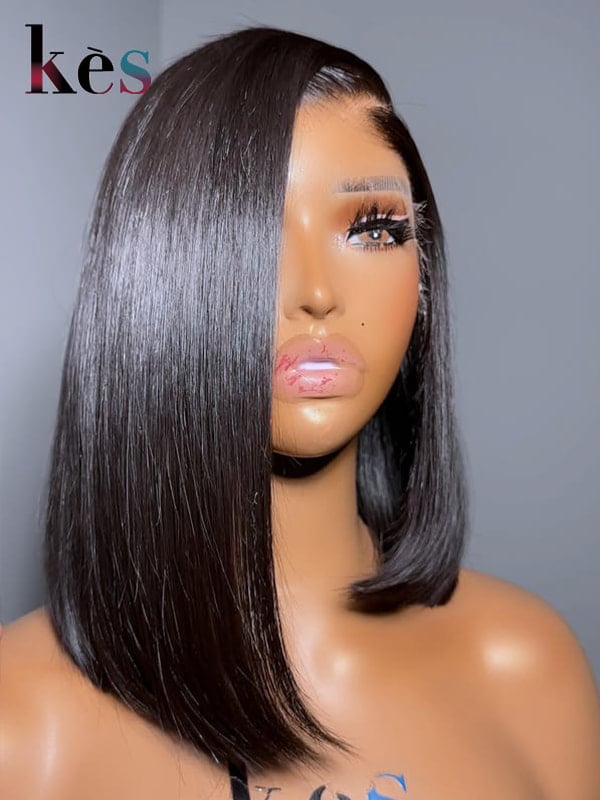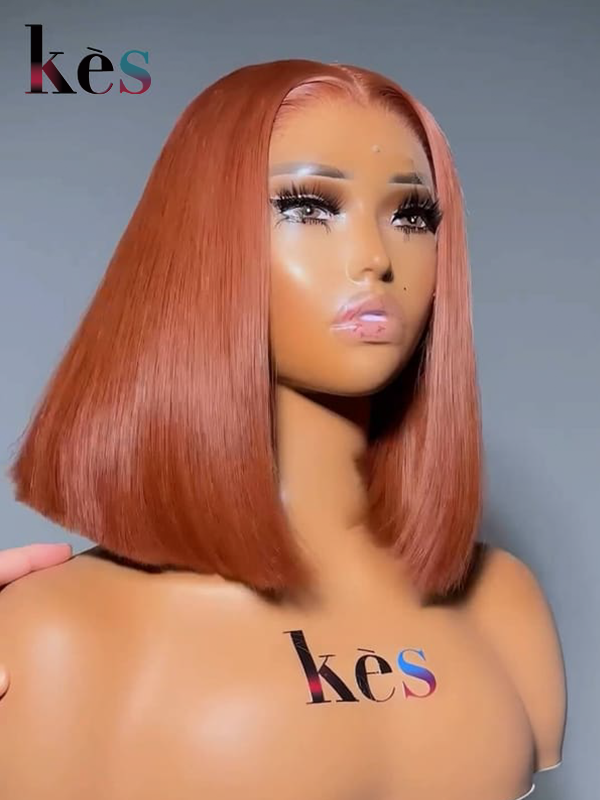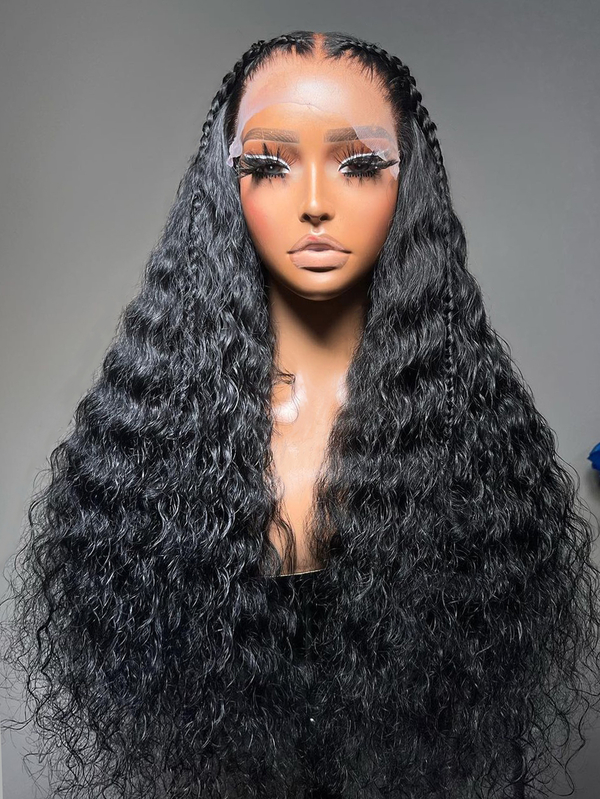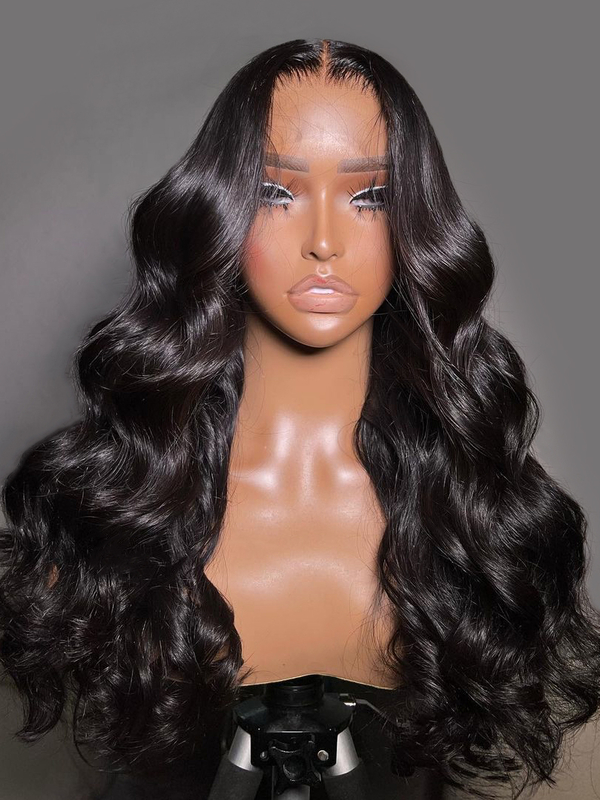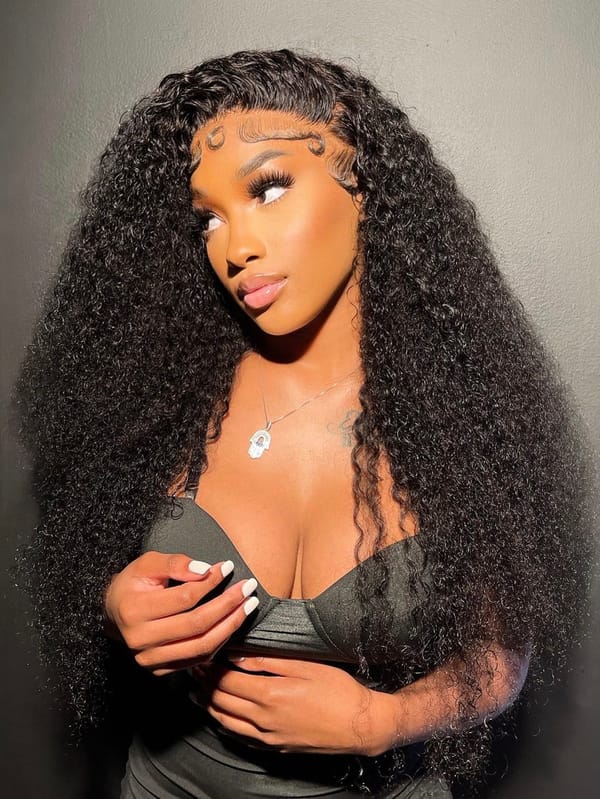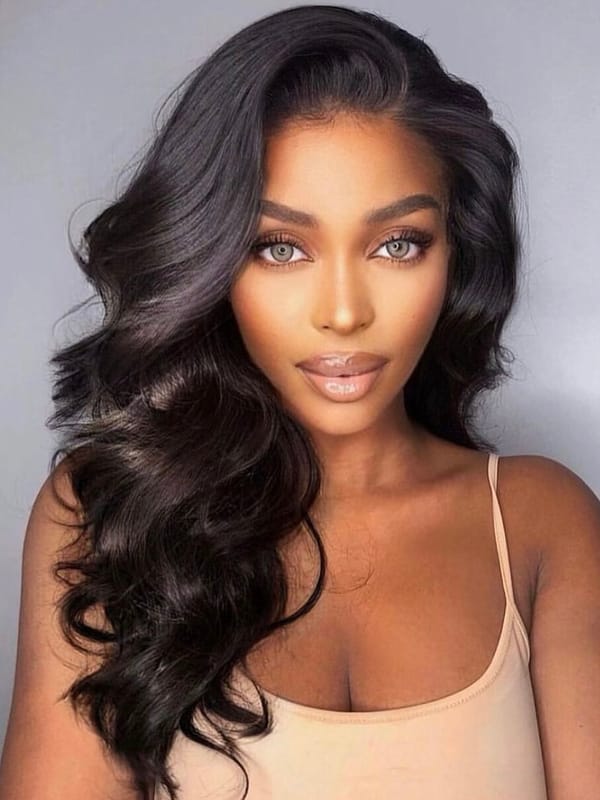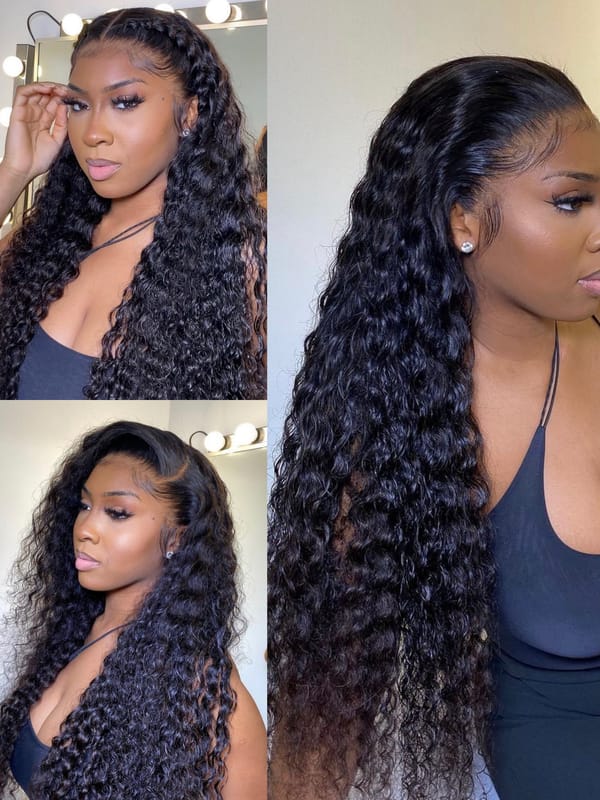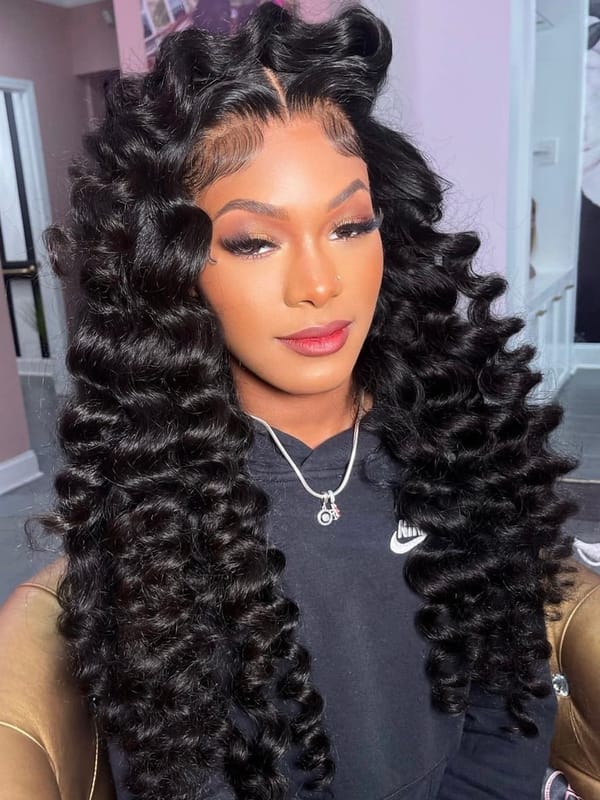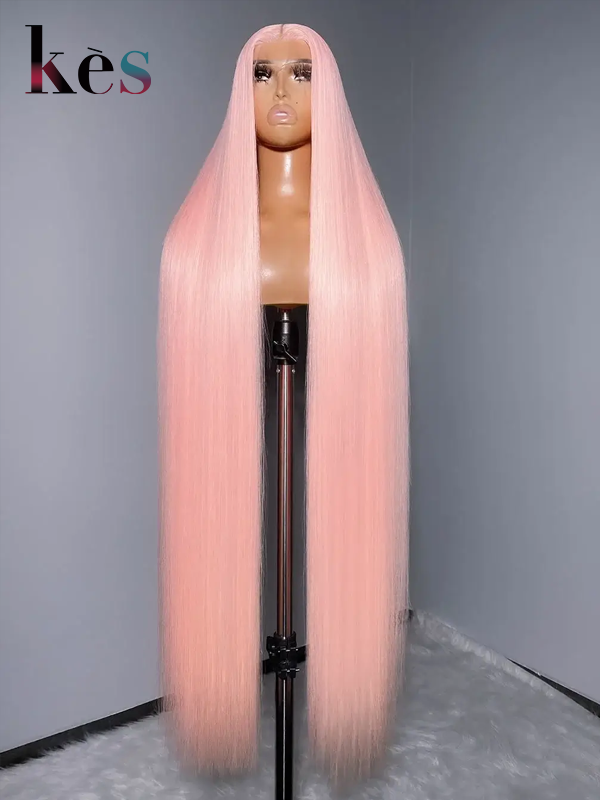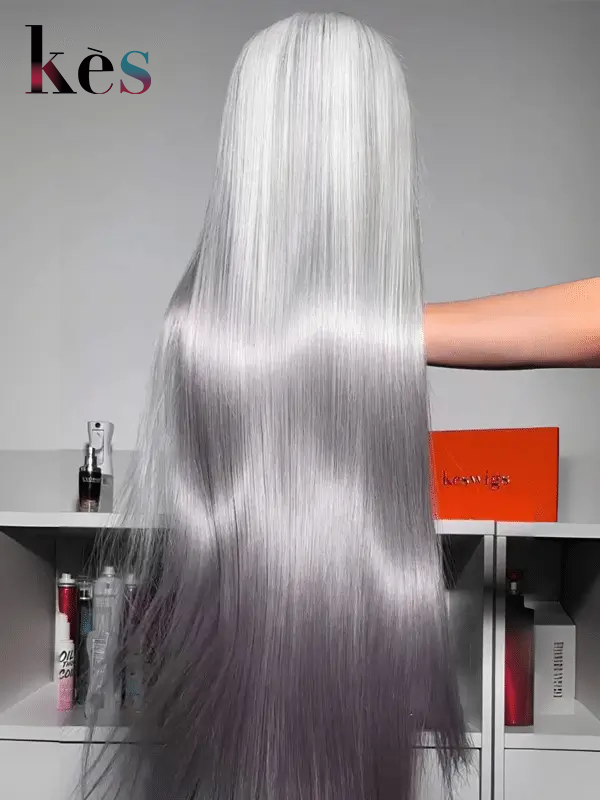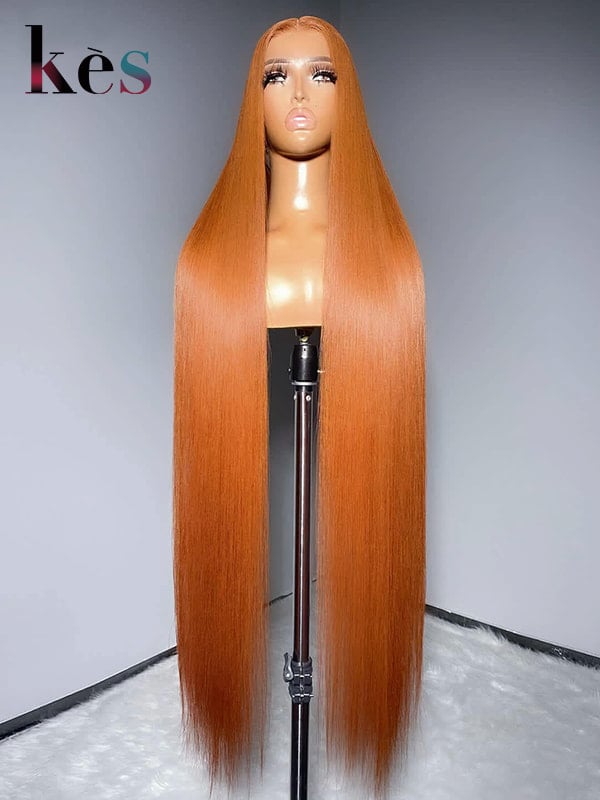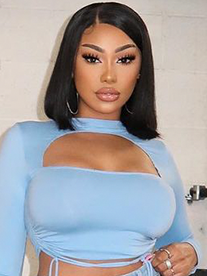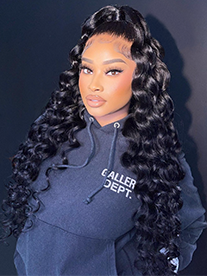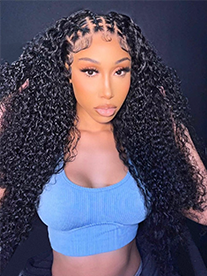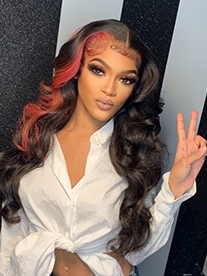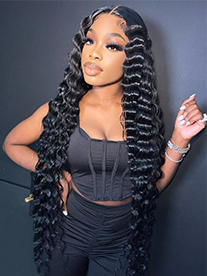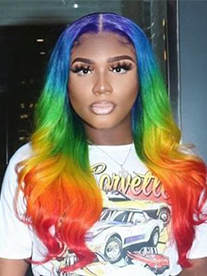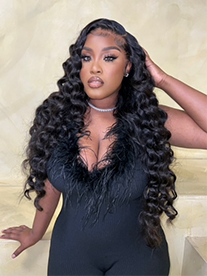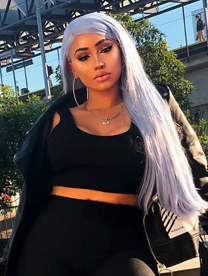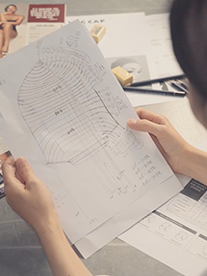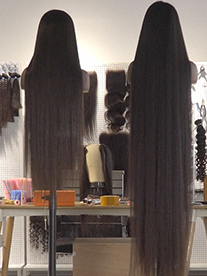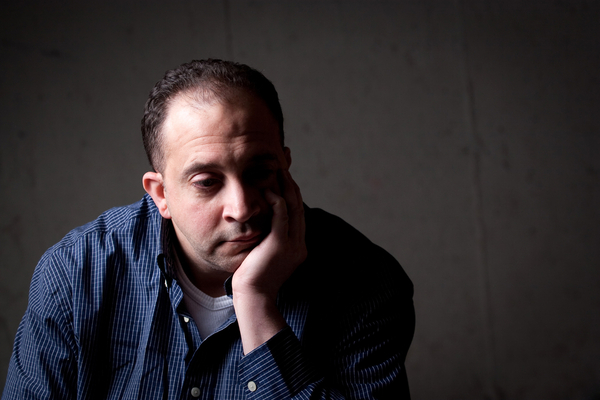
The Battle Against Baldness Minoxidil And Finasteride
Did you know that 85% of men are balding by 50, and over 50% of women will experience balding?
For many, balding could be a source of emotional distress. Therefore, it is unsurprising that many people facing the prospect of baldness will do everything in their power to restore their hairlines.
Among the several solutions for balding, minoxidil and finasteride are two of the most common. But what are minoxidil and finasteride? Do these treatments help grow back lost hair? How effective are they, and how do they compare? Can you use minoxidil and finasteride together?
We spent some time looking for answers to all these questions and more. We start by defining the concept of baldness. In the last part of the article, we focus on why minoxidil and finasteride are more effective when used together.
What is Baldness?
The Mayo Clinic defines baldness (alopecia) as “excessive hair loss from your scalp.”
The University of Rochester’s Medical Center identifies come of the common causes of baldness:
- 1、Aging
- 2、Genes
- 3、Telogen effluvium – an illness that leads to hair loss
- 4、Hormonal changes resulting from pregnancy, childbirth, or menopause
The same source dispels the common myths suggesting baldness results from dandruff, poor circulation, or wearing hats.
Healthline.com lists other reasons for hair loss, including malnutrition and certain types of medication.
Symptoms of Baldness

The American Academy of Dermatology Association (AAD) identifies some of the most common signs and symptoms associated with balding:
- 1、Progressively thinning hair.
- 2、A bald spot that grows over time.
- 3、A receding hairline that becomes more apparent as you grow older.
- 4、A thinner ponytail.
- 5、Hair loss at the crown or vertex – represented by hair thinning around the temples and the top of the back of the head.
It’s vital to note that balding usually happens progressively and is a natural part of aging. However, if you start noticing sudden hair loss accompanied by other symptoms like unexplained weight loss and difficulty eating or sleeping, you need to see a doctor without delay.
Can Baldness Be Treated?
Even though some people just shrug their shoulders and continue with life when it becomes apparent that they are balding, the good news is that you don’t have to. There are several treatment options available.
Before we go into greater detail about minoxidil and finasteride, let’s look at the other two common treatments for hair loss: hair transplants and wearing a hairpiece.
Hair Transplant
A hair transplant is a kind of surgery where a doctor moves hair from areas where it is densely populated to areas with thin or no hair.
The health information website WebMD.com explains that a hair transplant is a painful procedure that can take between four and eight hours. You will need anesthesia during the operation and may require pain medication for several days after the operation.
Hair transplant success depends on having good healthy hair on your scalp that can be moved to areas that need it.
Wearing a Hairpiece
A hairpiece is a wig you attach with special glue on the part of the head with excessively thinning or no hair. For men, this is usually at the top of the head. These wigs are popular with men and are sometimes called man weaves.
Writing for NPR.com, Maquita Peters says, “Man weaves, more formally referred to as cranial prosthesis, hair replacement units or hair systems, are a non-surgical procedure to help men who’ve lost their hair – be it through just balding or thinning, alopecia or cancer treatment – ‘regain’ hair.”
If you’re facing hair loss issues, wearing a wig is a very fast and effective way to help you regain your confidence. Among them, human hair wigs made with HD lace are the most popular type of wig because they look very natural and can create a very realistic hairline. This surpasses synthetic wigs and wigs without lace by a significant margin.
The below articles will give you some useful information in choosing a wigs suitable for you.
- 1、Human Hair Wigs Vs Synthetic
- 2、Types Of Wigs
- 3、Everything About Wig Density
- 4、Remy Hair vs Human Hair
- 5、13×4 Vs 13×6 Frontal
There is a long history of men wearing wigs to improve their look, take a look at these two articles for more information!
Keswigs is a specialized manufacturer of the highest quality human hair wigs. Our HD lace wigs, lace front wigs, and colored wigs all offer exceptional value for money!
Defining Minoxidil and Finasteride
For several decades people battling baldness have turned to finasteride and minoxidil to slow down or reverse the problem. According to WebMD.com, “Finasteride and minoxidil may help slow down male- and female-pattern hair loss, and in some cases may even cause lost hair to regrow.”
Finasteride and minoxidil have been approved by the Food and Drug Administration (FDA). This clears any doubts regarding the safety of the treatments.
What is Minoxidil?
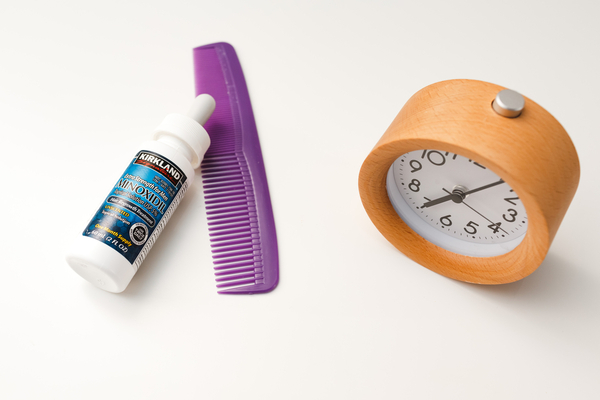
Minoxidil is an over-the-counter drug that comes as a liquid, foam, or serum. According to WebMD.com, even though doctors are still not totally clear about how minoxidil works, it is generally accepted that it triggers an increase in blood flow, which plays an important role in sustaining healthy hair.
According to the Cleveland Clinic, “When applied to the scalp, [Minoxidil] can promote hair growth in men with male pattern baldness.” The same source adds, “This medicine can also help women with thin hair and frontal hair loss.”
In terms of how you should use the medicine, the Mayo Clinic has some guidelines:
- 1、Discuss the risks of using the medication with your doctor before using it.
- 2、Read the instructions to determine if any ingredients in the medication may trigger an allergy.
- 3、Apply the medicine to a dry scalp.
- 4、Only apply the amount recommended by the manufacturer.
- 5、Minoxidil should be left to completely dry on your head before washing it; this could take between two and four hours.
Like any other medication, minoxidil will only be effective if you use it according to the manufacturer’s guidelines.
Healthline.com reports that it will take around eight weeks of consistent use to see the initial results. However, it could be up to four months before the hair loss ends and the restoration process starts.
Healthline.com adds that if you are still shedding hair after four months of consistent use, you should read this to mean that minoxidil is not the right product for you.
Does Minoxidil Affect Testosterone?
A common question among people using minoxidil is whether it affects testosterone. Testosterone is the male sex hormone that plays a part in reproduction, growth, and maintenance of a healthy body.
Manual.co is a service focusing on male health, providing medication for hair loss and erectile dysfunction, among others. The organization reports that several studies have focused on whether minoxidil affects testosterone, but “there is [still] not enough conclusive evidence.”
What is Finasteride?
To use finasteride, you will need a prescription from your doctor. Mayo Clinic describes this medication: “Finasteride is used to treat men with benign prostatic hyperplasia (BPH) and male pattern hair loss, also called androgenetic alopecia.”
The same source adds that when used to treat hair loss in men, finasteride increases the number of hairs on the scalp but has no effect on body hair.
A study published in the peer-reviewed medical journal, Drugs, reviewed finasteride use in treating male pattern hair loss. It concluded that in oral form, “finasteride promotes scalp hair growth and prevents further hair loss in a significant proportion of men with male pattern hair loss.”
One of the most common questions about finasteride is whether the drug thickens existing hair. This is the question that a group of researchers attempted to answer in their study published in the Journal of the American Academy of Dermatology.
The researchers concluded that “Long-term finasteride treatment led to sustained improvement in hair weight.” This indicates that the drug thickens existing hair. The scholars add that the increase in hair weight was more pronounced than the increase in the number of hairs.
The American Academy of Dermatology Association (AAD) identifies some of the side effects of finasteride:
- 1、Loss of the desire to have sex.
- 2、Challenges with sustaining an erection
- 3、Tenderness and swelling of the breasts
- 4、Depression
The AAD advises that once you are on this treatment, you will need to take the pill consistently because if you stop, the hair loss begins.
Comparing Minoxidil and Finasteride?
If both Minoxidil and Finasteride solve the challenge of hair loss, which one will produce better results?
In his attempt to answer this question, Rodney Sinclair, a Professor of Dermatology at the University of Melbourne in Australia, notes that the two treatments are designed to do different things.
In his article published by TheConversation.com, Sinclair says finasteride is more effective in stopping genetically programmed hair loss. This means that it’s more effective if you start the treatment as soon as you realize that you have a hair loss problem.
On the other hand, Sinclair notes that minoxidil does a better job of stimulating new growth rather than preventing progression. He suggests, “… minoxidil works better before you go bald” because “men who still have hair regrow more hair than men who have lost it all.”
From the insights above, Sinclair suggests that using minoxidil and finasteride as a combination presents the best chance for men to stop the progression of hair loss and begin reclaiming that which they have lost.
Treat Your Hair with Kindness
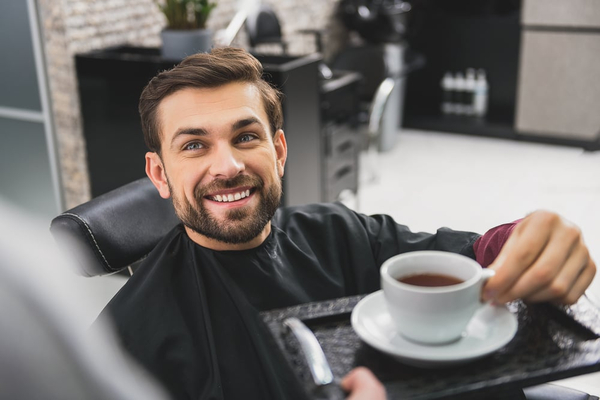
It’s inevitable that as you grow older, you will start to lose more hair. However, if you try to treat your hair with kindness, you may retain more of it. It is generally suggested that you wash your hair less frequently. This may help prevent it from drying and becoming brittle.
It is also generally accepted that your diet impacts the quality of your hair and your health in general. A balanced diet with adequate portions of fruit, proteins, and leafy vegetables will do wonders for your hair.
To learn more about hair health, here is a great article produced by Dr. Ahmed Zayed, MD.














